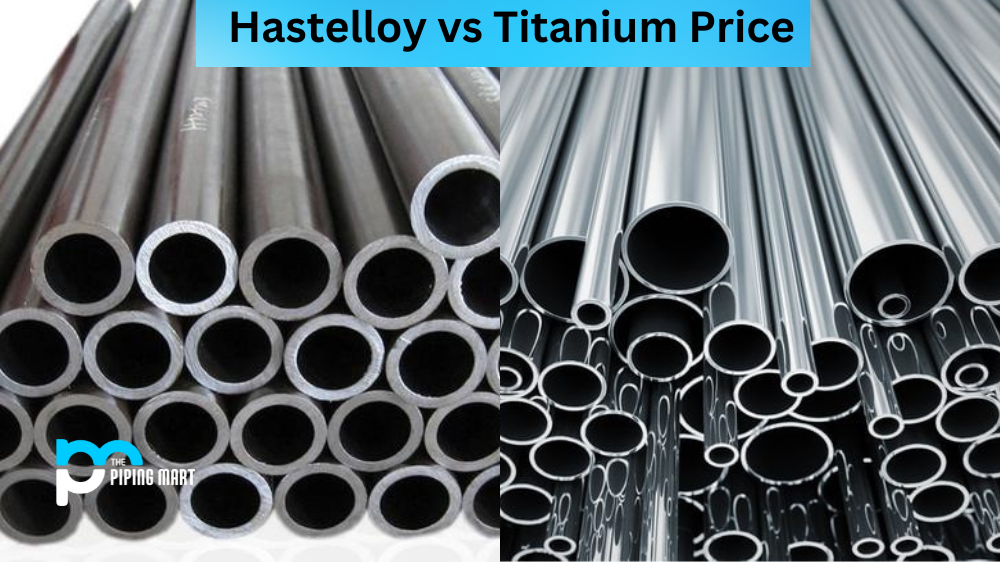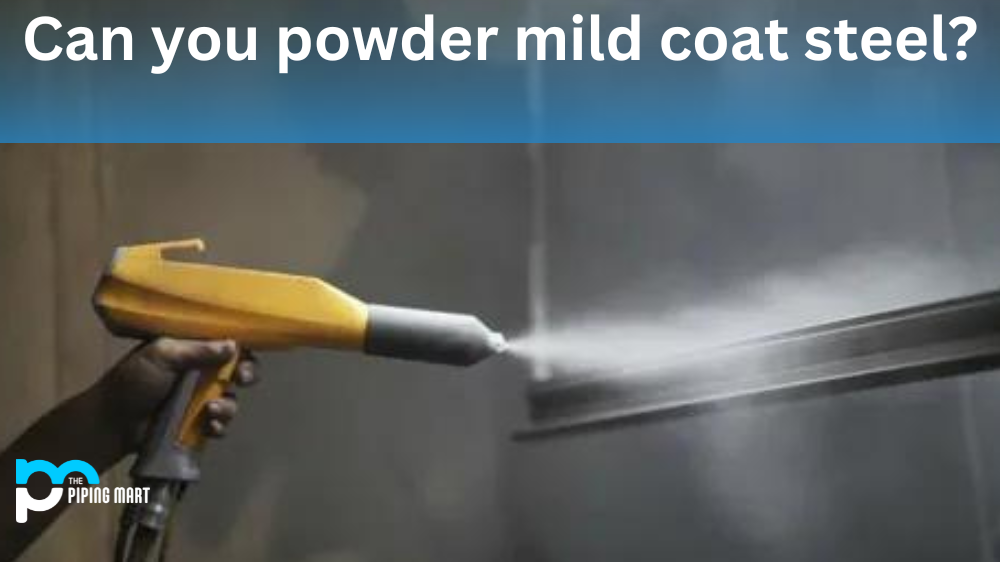When selecting the right material for your project, the cost is undoubtedly one of the most significant considerations. Two popular choices for high-performance and corrosive-resistant applications are Hastelloy and Titanium. Both materials offer exceptional features that make them suitable for various applications. However, which of these two is more affordable? In this blog post, we’ll dive into the details of Hastelloy vs Titanium price comparison so you can make informed decisions.
Difference Between Hastelloy and Titanium Cost
Before we dive into the differences in cost, let’s get to grips with the basics of hastelloy and titanium. Both materials are high-performance alloys that offer excellent corrosion resistance and strength. Hastelloy alloys were initially developed for use in the chemical industry, while titanium has found applications in fields such as aerospace, medical implants, and marine engineering. Hastelloy alloys typically contain nickel, molybdenum, and chromium, while titanium is an elemental metal.
Factors Affecting the Cost of Hastelloy and Titanium
It’s challenging to quantify the price of either Hastelloy or Titanium due to various factors that affect their cost. The primary factors include the grade of the material, the manufacturing process, quantity, and market conditions. The grade of both materials determines their chemical composition and mechanical properties, with higher grades costing more. The manufacturing process for each can differ depending on factors such as the complexity of the design, lead time, and the necessary quality standards.
Comparison
On average, titanium is more expensive than Hastelloy. This is mainly because of its rarity and the cost of extracting and processing the elemental metal. There are additional manufacturing costs with titanium as it is tough to work with compared to Hastelloy, which can be more malleable. Depending on the project’s application, titanium can be up to ten times more expensive than Hastelloy.
Applications
In terms of application, while both Hastelloy and titanium have high-performance and corrosive-resistant properties, they are suitable for different applications. Hastelloy is often used in the chemical and petrochemical industry for reactors, heat exchangers, and piping systems. Meanwhile, titanium is popular in the aerospace industry for engine parts, landing gear, and structural components.
Conclusion:
In conclusion, while Hastelloy and titanium are excellent materials for high-performance and corrosive-resistant applications, the former is more affordable. However, factors such as manufacturing process, grade, market conditions, and project application should also be considered when deciding between these materials. Choose wisely, and you’ll get a material that provides outstanding performance and durability, just what you need for your project!

Abhishek is a seasoned blogger and industry expert, sharing his insights and knowledge on various topics. With his research, Abhishek offers valuable insights and tips for professionals and enthusiasts. Follow him for expert advice on the latest trends and developments in the metal industry.




